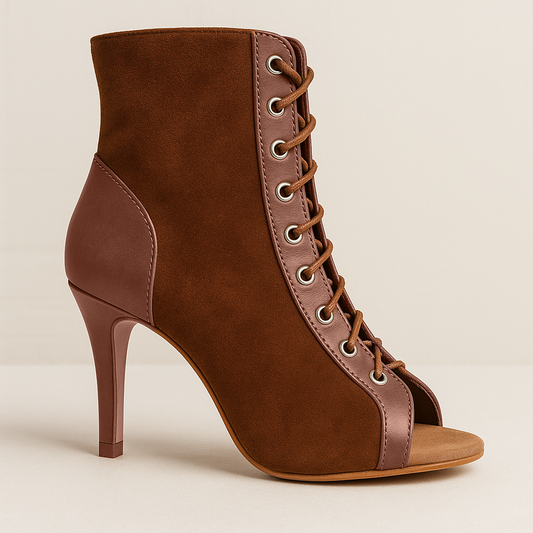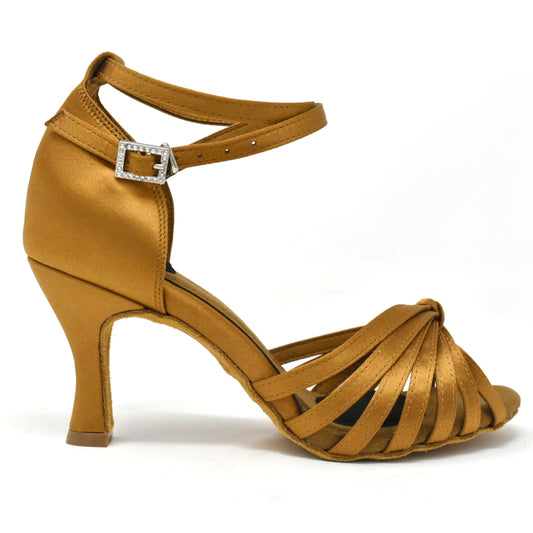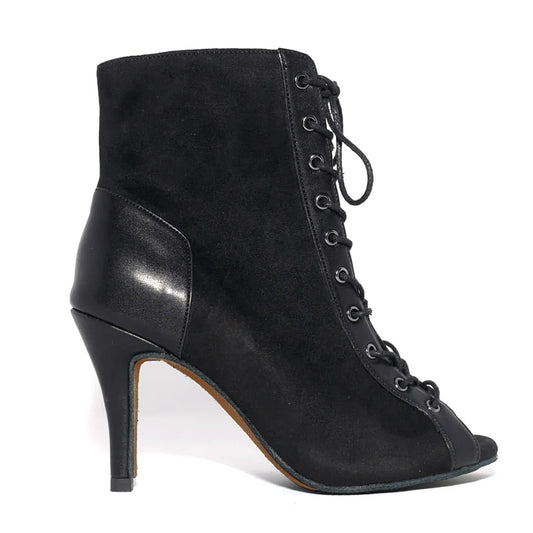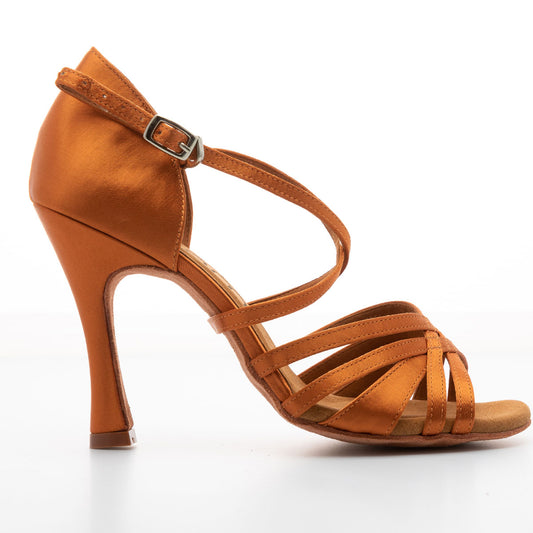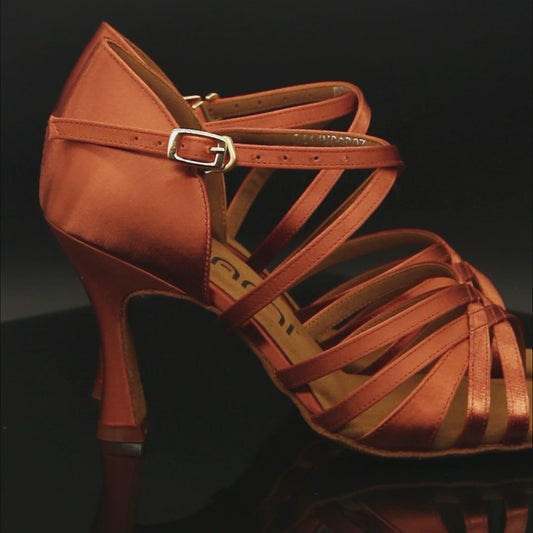
Photo Credit: Dance Spirit
Just like any type of physical activity, there is always the risk of an injury if you are dancing. And this goes regardless if you're just a casual dancer joining social dances or a performer who's trained to perform gravity-defying dance moves. Injuries will vary from pulled muscles to severe ankle sprains that take weeks to recover from.
Most dancers perceive physical injuries as a minor incident compared to the emotional pain of recovering from their injury. No dancer likes the idea of getting time off from dancing, especially if their career is just about to take off. While “taking time off” to recover from an injury, most dancers feel less motivated to get back on their feet, even withdrawn, because they could not attend rehearsals and this mindset makes recovery even harder.
If the inevitable happens, what should you do? How do you cope with injuries as a dancer? Make recovery quick and painless with these tips:
Talk to Your Doctor

Photo Credit: Unclerave's Wordy Weblog
Yes, there are dancers who refuse to report their injuries to a doctor. Most would rather suffer in silence and dance through the pain rather than take a quick break to recover. The problem with this is that a minor injury could worsen over time or it won’t heal properly unless you get a proper diagnosis.
A sprained ankle may seem like a minor injury now but if you don’t do something about it, it will take a long time for it to heal. Always seek medical attention if you need it and take care of your injury so it heals quickly. This is the fastest way to get back on your feet again after an injury.
Don’t Self-Medicate

Photo Credit: The Wonderful World of Dance
If you’ve been injured, accept that you need help and follow your doctor’s recommendations. Avoid self-medicating thinking you’ll do just fine because you might end up taking the wrong drugs. Icing your injury night after night or pretending that you are not in pain during rehearsals will only worsen the problem. Living in denial will only prolong your agony. Take the right meds, stick to your doctor’s protocols, and give yourself time to recover properly from an injury.
Stay Fit During Recovery

Photo Credit: Wexner Medical Center
If you are worried about losing strength or muscle mass while recovering from an injury, there are many ways to stay fit while you heal. You can cross-train to strengthen your arms, legs, core, or other parts of the body. Cross-training takes your mind off your injury while also maintaining a physically fit body. Keeping fit also restores your confidence and boost your moos too.
Strengthening Weak Spots

Photo Credit: Banner Health
Do you injure the same part of your body repeatedly? If the answer is yes then that’s a sign that this spot is a weak area that needs to be strengthened. Once this area has been strengthened, it will be more resistant to injuries. We suggest working with a trainer or a therapist who will create a fitness program that builds strength on your weak spots. This is the only way to avoid injuring the same area while also making recovery easier.
Take Care of Yourself in While in Recovery

Photo Credit: GHP News
Don’t dread all the time you’ll spend doing nothing while you recover from an injury. Use this time to take care of your body so you’ll be in great shape once you recover. Eat cleanly, take your vitamins, drink plenty of water, and get as much rest as you can. Never binge on junk food or forget about staying fit while healing.
Take care of your injury while recovering. Do not put weight on the injured leg if your doctor says so or use your injured hand when you’re not supposed to. This will only delay the healing process. Dress your wound, use compression, and elevate the injury according to your doctor’s recommendation. Remember, the faster you heal, the quicker you can go back to dancing.
Heal at Your Own Pace

Photo Credit: Mid America Orthopaedics
It’s tempting to compare yourself to others even while on a break, it’s your competitive streak that makes you a great dancer, but don’t. Different people heal at a different pace. Some could recover from an injury for a week or two, others take a few months and that’s okay! Every body is different so you cannot expect the same spot to heal at the same time. Instead of comparing yourself to other people, listen to your body, and focus on your recovery.
Don’t be Paranoid

Photo Credit: Healthy Place
Some dancers tend to become “hyper-aware” of every ache and when you’re in a state, you tend to become paranoid about the littlest thing. You might end up being worried about another injury or think that there is something wrong with certain parts of your body because you are tuning in to every single pain.
This is perfectly normal especially if the injury is severe. However, don’t take every ache or pain to heart. Just because you’ve injured your ankle doesn’t mean the entire leg is weak. Chances are, you just took a bad landing. Let go of your fear and focus on getting better.
Get the Right Dancing Gears

Photo Credit: Quick Quick Slow
Having the right gears will do a world of difference as far as preventing an injury goes. For example, wearing the right pair of dancing shoes could minimize the risk of foot injury or pain while dancing. Ill-fitting shoes could pinch the foot in the wrong places,
RICE: Quick Recovery from an Injury
No matter how minor or severe an injury is, you can shorten the healing time by following the RICE method, rest, ice, compression, and elevation.
Rest: Give your body time to heal and avoid dancing after an injury. If left untreated, the injury could get worse and you'll spend more time away from the dance floor!
Ice: Applying ice to an injury minimizes pain and reduces inflammation especially when done a few minutes after getting injured! The cold temperature helps reduce bleeding and muscle spasms, which could contribute to pain and inflammation. That said, do not apply ice directly to the injury because you might end up burning your skin. Use a cold compress to treat the affected area every two to three hours a day.
Compression: It's normal for fluids like blood to pool at the injury site. Compression uses soft pressure to reduce swelling to minimize pain, reduce bleeding, and promote proper healing. Tubi grips, bandages, air splints, and stretchy strapping are often used to treat dance-related injuries.
Elevation: If the injured area is bleeding, elevate it above the heart level to stop the bleeding and reduce swelling.
Dance injuries, no matter how minor, should always be treated right away so the body could heal quickly. With these tips, you can heal from an injury quicker so that you’ll be back on your feet in no time at all!
References
https://www.energetiksblog.com.au/blog/2014/6/10/coping-with-injuries
https://www.justforkix.com/dance-talk/dancer-health/how-to-deal-with-a-dance-injury
https://www.pointemagazine.com/emotional-impact-of-injury-dance-2412811188.html
https://www.danceinforma.com/2015/10/05/safe-dance-how-to-deal-with-dreaded-injuries/

